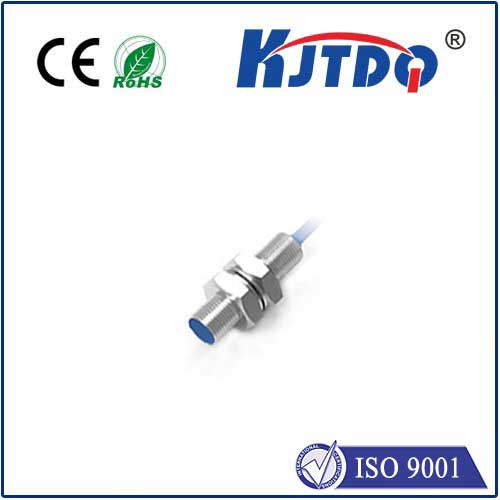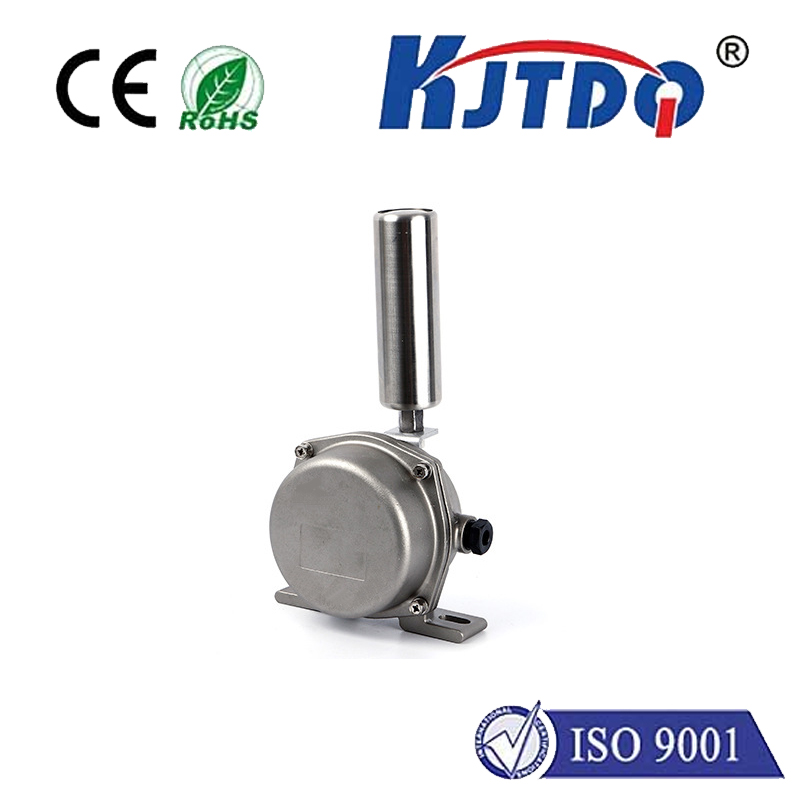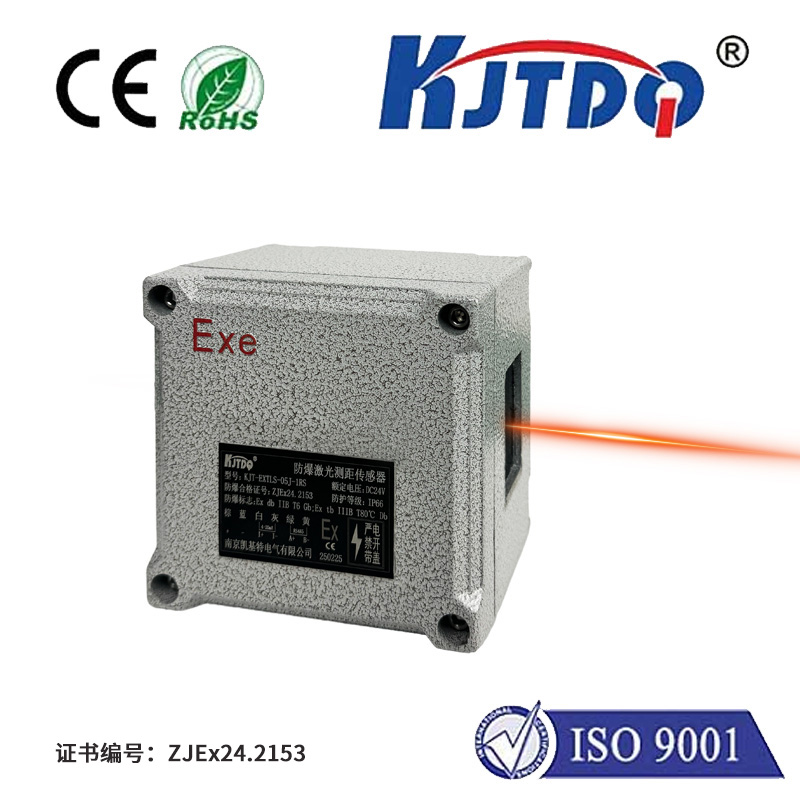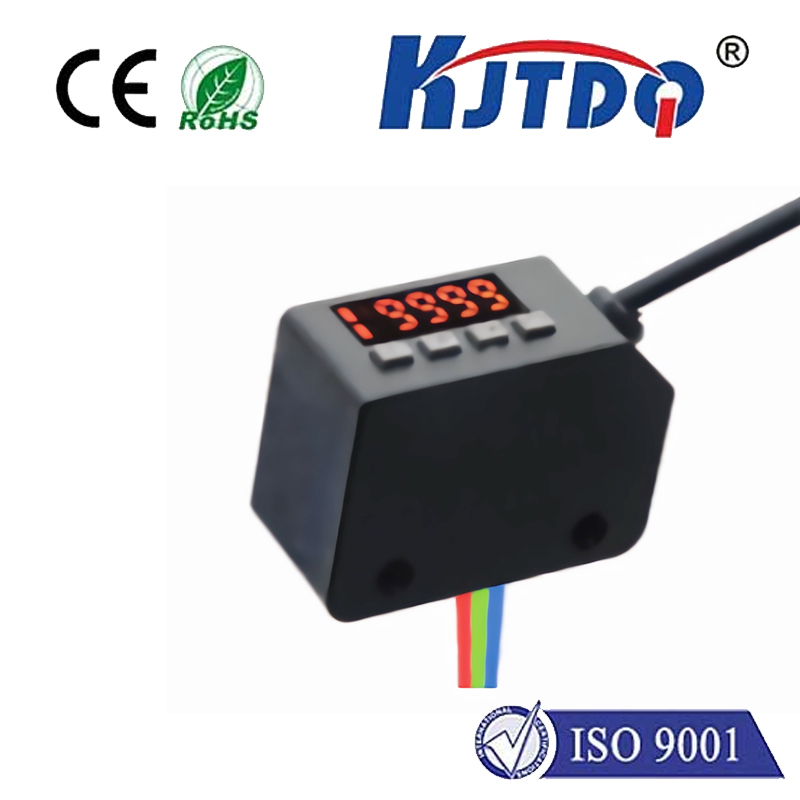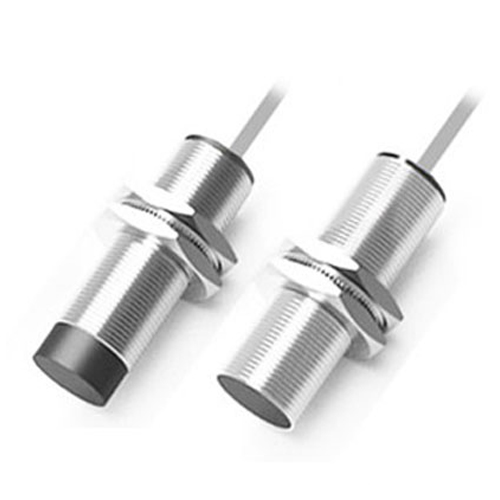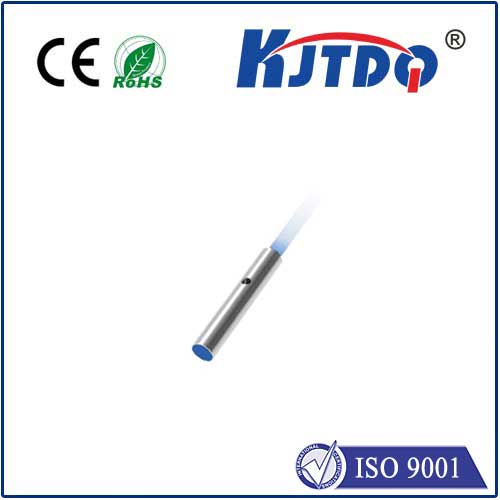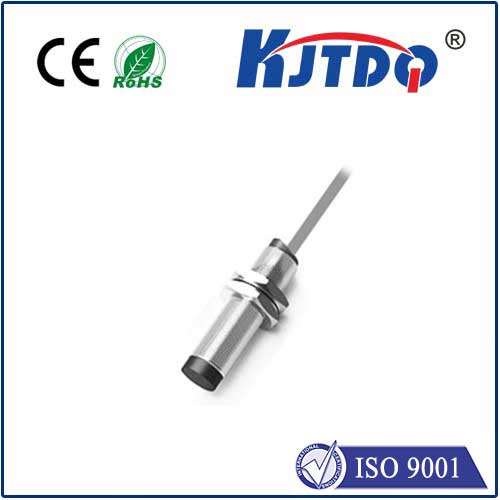different types of proximity sensors are
- time:2025-07-10 03:23:41
- Click:0
Different Types of Proximity Sensors: Choosing the Right Detection Technology
Ever parked your car with the help of those reassuring beeps? Or walked into a store where the door magically slid open? Chances are, a proximity sensor was silently at work. These ingenious devices detect the presence, absence, or position of objects without physical contact, forming the invisible backbone of countless modern applications, from factory floors to smartphones. Understanding the different types of proximity sensors is crucial for selecting the right tool for the job, ensuring efficiency, safety, and seamless automation.
The Core Principle: Non-Contact Detection
At their heart, all proximity sensors operate on the principle of detecting changes in a physical field or wave emitted by the sensor itself. When a target object enters this field, it causes a detectable change (like altering an electromagnetic field, reflecting sound waves, or interrupting a beam), triggering the sensor’s output. This non-contact nature makes them incredibly reliable, minimizing wear and tear and allowing detection of delicate, fast-moving, or hazardous objects.

Navigating the Landscape: Key Proximity Sensor Types
While the end goal is similar – detection without touch – the underlying technologies vary significantly, each with distinct advantages, limitations, and ideal applications. Here’s a breakdown of the most common types of proximity sensors:
- Inductive Proximity Sensors
- How They Work: These sensors generate an oscillating electromagnetic field. When a ferrous metal target (like iron or steel) enters this field, it induces small eddy currents on the metal surface. This current draw dampens the oscillation amplitude within the sensor, triggering the output switch.
- Detection Focus: Primarily metallic objects, especially ferrous metals (iron, steel). Detection range and effectiveness depend on the metal type and size.
- Key Advantages: Highly reliable, robust construction (often in metal housings), resistant to dust, dirt, oil, and water (many are IP67+ rated), unaffected by non-metallic contaminants, fast response times. Excellent for harsh industrial environments.
- Typical Applications: Metal detection in machinery (e.g., counting gear teeth, detecting cylinder positions), presence detection of metal parts on conveyors, machine tool positioning, automotive manufacturing.
- Capacitive Proximity Sensors
- How They Work: These sensors function like an open capacitor. The sensor’s face (one plate) and the ground (or another reference) form the capacitor plates. When any object (conductive or non-conductive) enters the electrostatic field, it alters the capacitance. The sensor detects this change and triggers its output.
- Detection Focus: Versatile! Detects metal, plastic, wood, liquids, powders, glass, and even biological tissue. Sensitivity can often be adjusted.
- Key Advantages: Ability to detect non-metallic objects through non-metallic barriers (like tank walls), sensitivity adjustment allows tuning for specific materials or to ignore certain interferences.
- Typical Applications: Liquid level detection in tanks (through plastic/glass), presence detection of plastic bottles or cardboard boxes, material handling (powder, granules), touch interfaces (though not strictly the same as touchscreens), spill detection.
- Ultrasonic Proximity Sensors
- How They Work: These sensors emit high-frequency sound waves (ultrasound, beyond human hearing) and measure the time it takes for the echo to return after bouncing off a target object. Distance is calculated using the speed of sound.
- Detection Focus: Detects solid objects and liquids almost regardless of material, color, or transparency. Performance can be affected by the target’s sound absorption/reflection properties and environmental factors like temperature, humidity, and air turbulence.
- Key Advantages: Excellent for distance measurement, detects a wide variety of materials including transparent objects (glass, clear liquids), large detection ranges possible, can work in dark or dirty environments.
- Typical Applications: Parking assistance systems, object detection and level measurement in bins/hoppers, collision avoidance, robotics navigation, web tension control, presence detection on conveyors with varying object types.
- Photoelectric Sensors (Optical Proximity)
- How They Work: These utilize light (visible, infrared, or laser) for detection. They consist of an emitter (light source) and a receiver. Proximity mode often refers to Diffuse Reflective types. Here, the emitter and receiver are in the same housing. Light is emitted, hits the target, and diffusely reflects back to the receiver. Detection occurs when sufficient reflected light is received.
- Detection Focus: Solid objects. Performance is influenced by the target’s color, reflectivity, surface finish, and size. Can be affected by ambient light or highly reflective backgrounds unless designed to compensate.
- Key Advantages: Long sensing ranges (compared to inductive/capacitive), can detect very small objects, fast response times, available configurations for challenging applications (e.g., polarized, background suppression).
- Typical Applications: Extensive use in packaging, material handling (box detection, bottle counting), printing, assembly line control, object sorting, security systems.
- Magnetic Proximity Sensors (Reed Switches / Hall Effect)
- How They Work: These detect the presence of a magnetic field.
- Reed Switches: Contain two thin ferromagnetic reeds sealed in a glass tube. When a magnet approaches, the reeds magnetize and attract each other, closing an electrical contact.
- Hall Effect Sensors: Use a semiconductor element. When exposed to a magnetic field, it generates a voltage proportional to the field strength, which is then processed electronically.
- Detection Focus: Detection of permanent magnets.
- Key Advantages: Reed switches are simple, low-power, and can switch relatively high currents. Hall Effect sensors are solid-state, highly reliable, can detect magnetic field strength and polarity, and work at higher speeds/frequencies.
- Typical Applications: Door/window position sensing (security), cylinder position sensing in pneumatic/hydraulic systems, speed detection (e.g., bicycle wheels), flow meters, non-contact limit switches.
Choosing the Right Sensor: Key Considerations
Selecting the optimal proximity sensor type hinges on several factors:
- Target Material: Is it metal? If so, ferrous or non-ferrous? Plastic? Liquid? Powder? A magnet?
- Detection Range: How far away does the sensor need to detect the object?
- Operating Environment: Is it dusty, wet, oily, hot, or subject to vibration? (Consider IP ratings for environmental protection).
- Required Output: What signal does your system need? (e.g., NPN/PNP transistor, relay contact, analog voltage/current).
- Size and Mounting Constraints: Physical space limitations around the detection point.
- Speed: How fast is the target moving? How quickly does the system need to respond?
- Cost: Budgetary constraints will naturally influence the choice within suitable types.
Conclusion: The Unseen Enablers
From ensuring gears mesh perfectly in a high-speed assembly line to keeping hands clean with touchless faucets, proximity sensors are fundamental, yet often invisible, components of modern technology. The different types of proximity sensors – inductive, capacitive, ultrasonic, photoelectric, and magnetic – each offer unique capabilities tailored to specific challenges. By understanding their underlying principles of operation, detection capabilities, strengths, and limitations, engineers and designers can effectively leverage these versatile devices to build smarter, safer, and more efficient systems across countless industries. The next time an object is detected without a whisper of contact, you’ll know the precise technology likely working behind the scenes.













